Our planet is full of wonders that can take your breath away. From dazzling light shows in the sky to strange formations on land, Earth never fails to amaze us. Let’s explore 18 natural phenomena that are so stunning, they almost look unreal.
Northern Lights
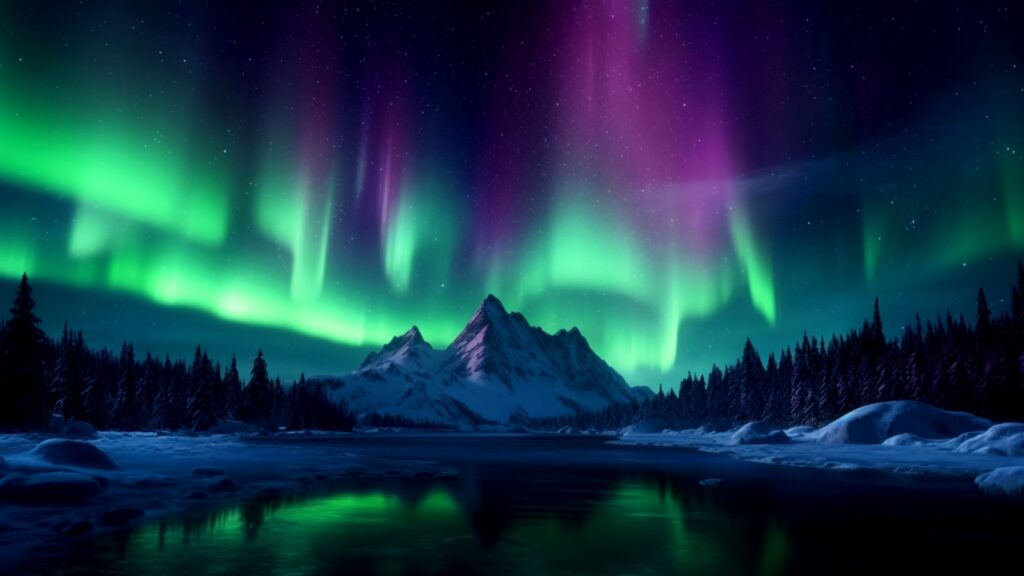
The Northern Lights, also called Aurora Borealis, paint the night sky with vibrant colors. This magical light show happens when charged particles from the sun collide with gases in Earth’s atmosphere. Green and pink are the most common colors, but you might also see blue, purple, and red. The best places to see this spectacle are in countries near the Arctic Circle, like Iceland, Norway, and Canada.
Rainbow Eucalyptus Trees
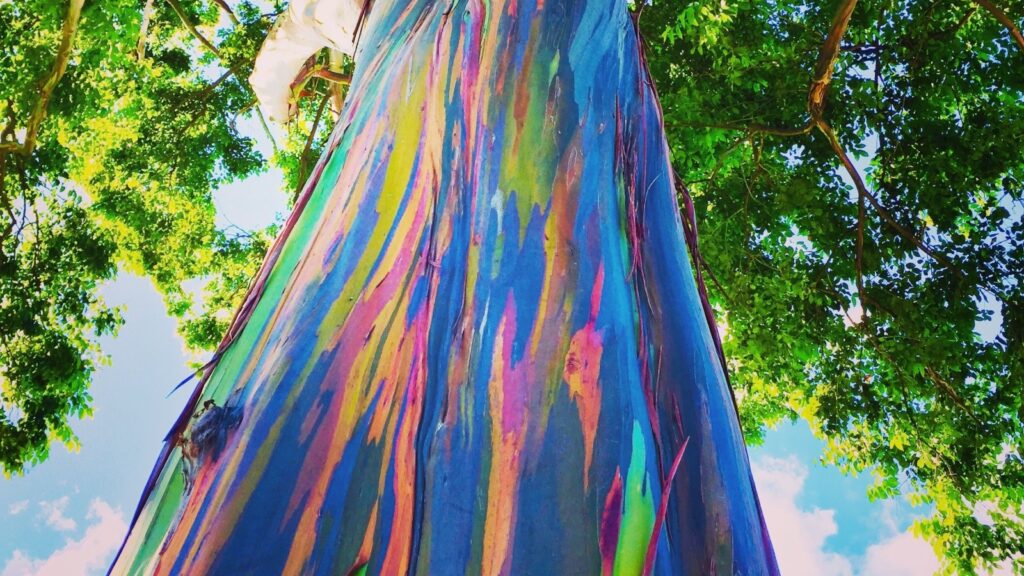
Imagine a tree with a trunk that looks like it’s been painted by a rainbow. That’s the Rainbow Eucalyptus for you! As the tree sheds its bark, it reveals bright green inner bark. This bark then changes color over time, creating stripes of blue, purple, orange, and maroon. You can find these colorful trees in their native Philippines, Indonesia, and Papua New Guinea, or in parts of Hawaii where they’ve been planted.
Bioluminescent Waves
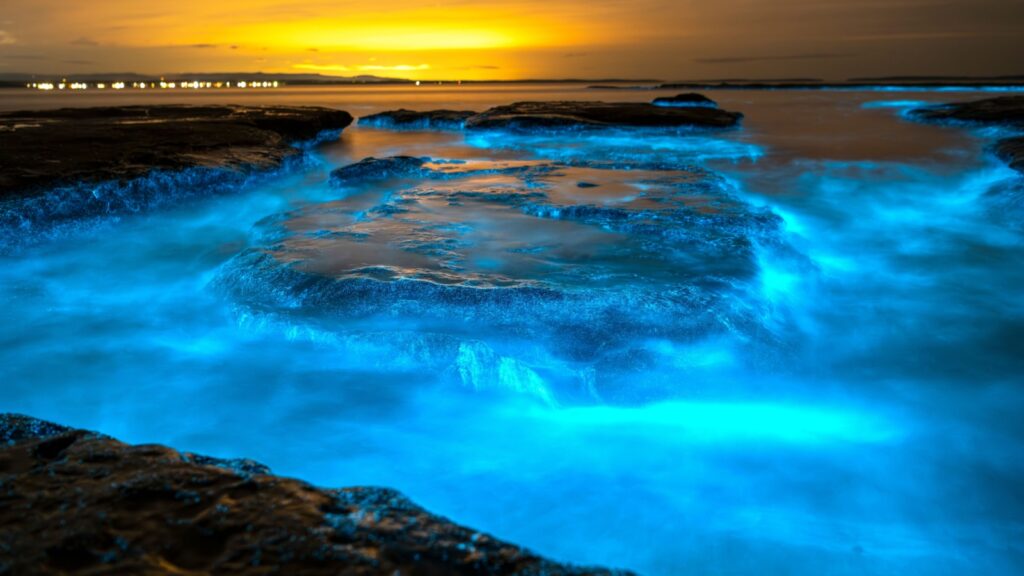
Picture a beach at night where the waves glow blue as they crash on the shore. This isn’t magic – it’s bioluminescence! Tiny organisms in the water called dinoflagellates produce light when disturbed. This creates a stunning display of glowing blue waves. You can see this phenomenon in places like the Maldives, Puerto Rico, and some beaches in California.
Fire Rainbow
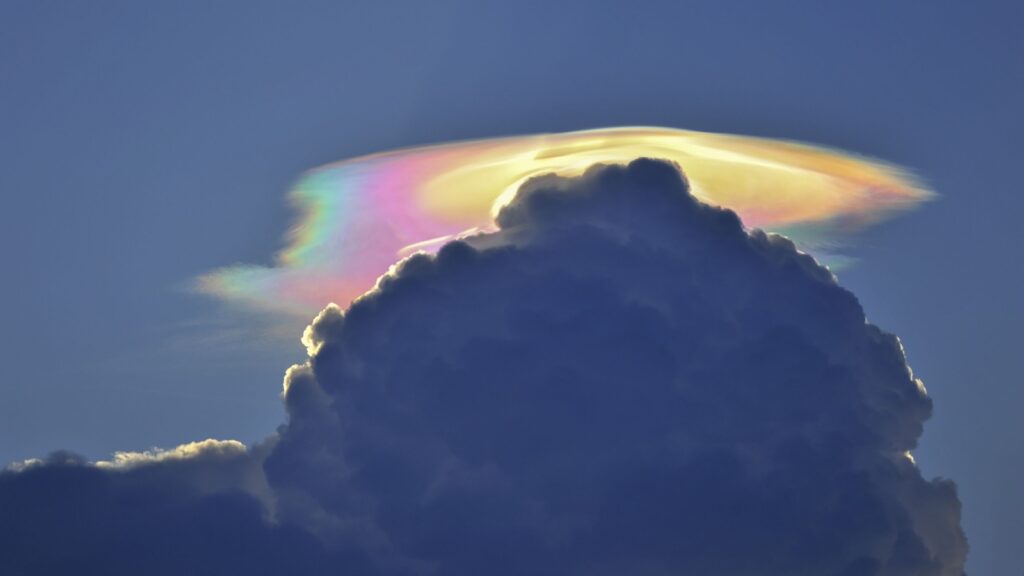
Despite its name, a fire rainbow isn’t actually a rainbow and has nothing to do with fire. It’s a rare sky event where ice crystals in high-altitude clouds refract sunlight, creating a colorful, flame-like pattern in the sky. The scientific name for this is a circumhorizontal arc. These “rainbows” only appear when the sun is very high in the sky, making them more common in places closer to the equator.
Nacreous Clouds
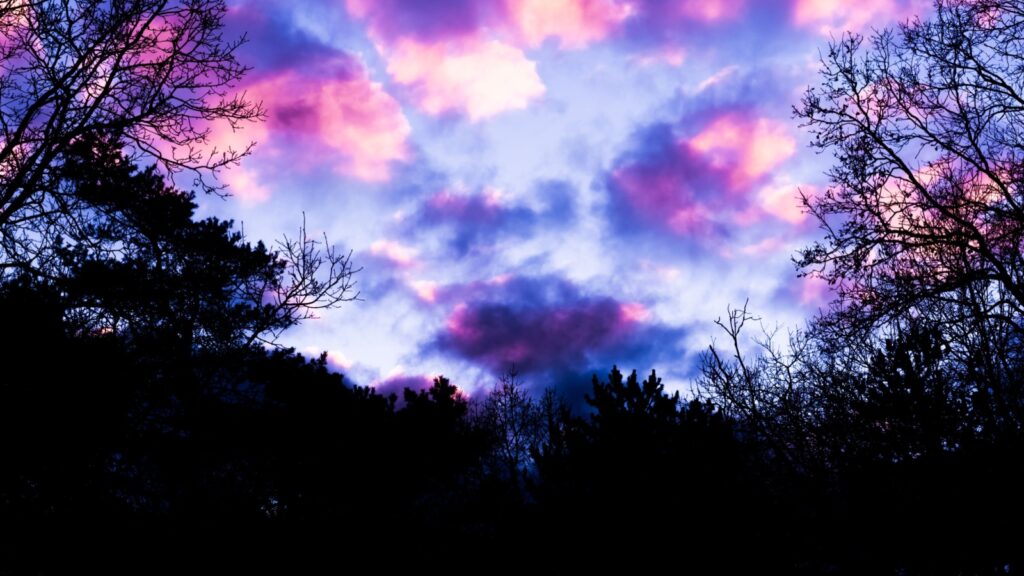
Nacreous clouds look like shimmering, mother-of-pearl formations in the sky. They form in the stratosphere, much higher than normal clouds. These clouds are visible around sunset or sunrise when they catch the sun’s rays from below the horizon. Their beautiful, iridescent colors come from ice crystals in the clouds diffracting light. You’re most likely to spot these clouds in polar regions during winter.
Monarch Butterfly Migration
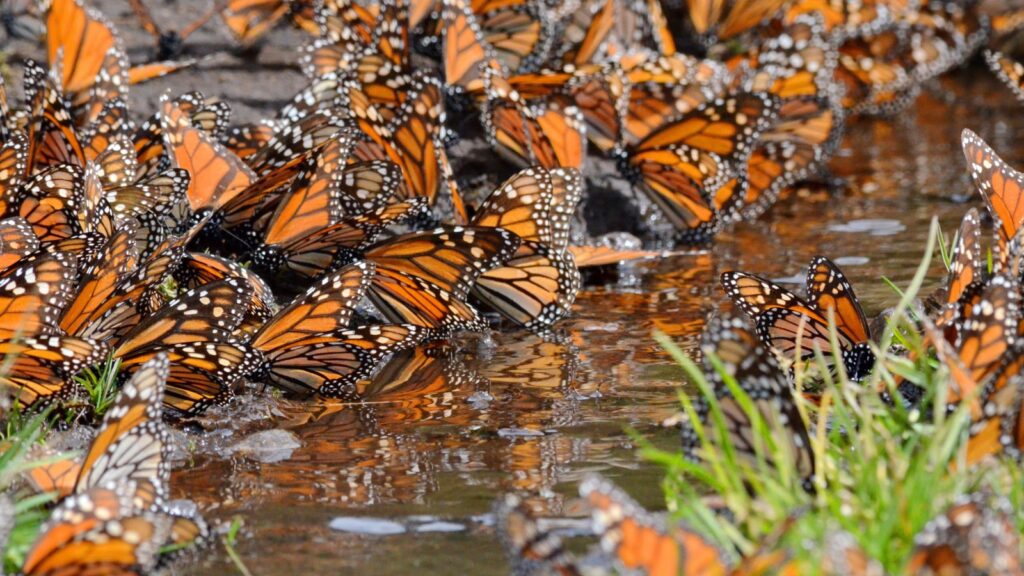
Every year, millions of Monarch butterflies make an incredible journey from Canada and the United States to Mexico. This massive migration covers up to 3,000 miles. The sight of thousands of orange and black butterflies filling the sky is truly breathtaking. In Mexico, the butterflies cluster in oyamel fir trees, turning entire forests orange.
Giant’s Causeway
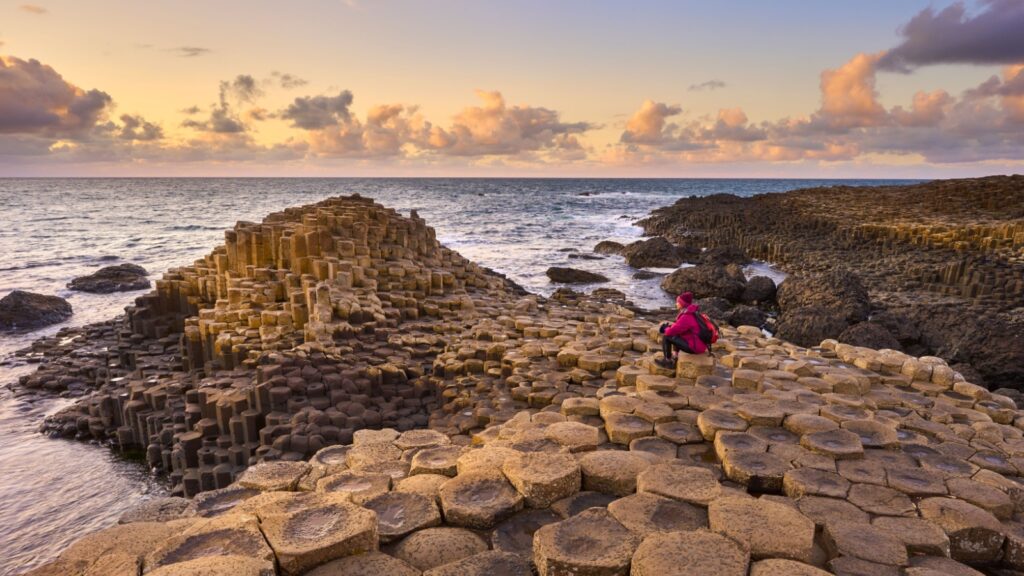
The Giant’s Causeway in Northern Ireland looks like a pathway built by giants. It’s made up of about 40,000 interlocking basalt columns, most of which are hexagonal. These columns formed when molten lava cooled and cracked, creating this unique landscape. While science explains its formation, local legend says it was built by a giant named Finn MacCool.
Blood Falls
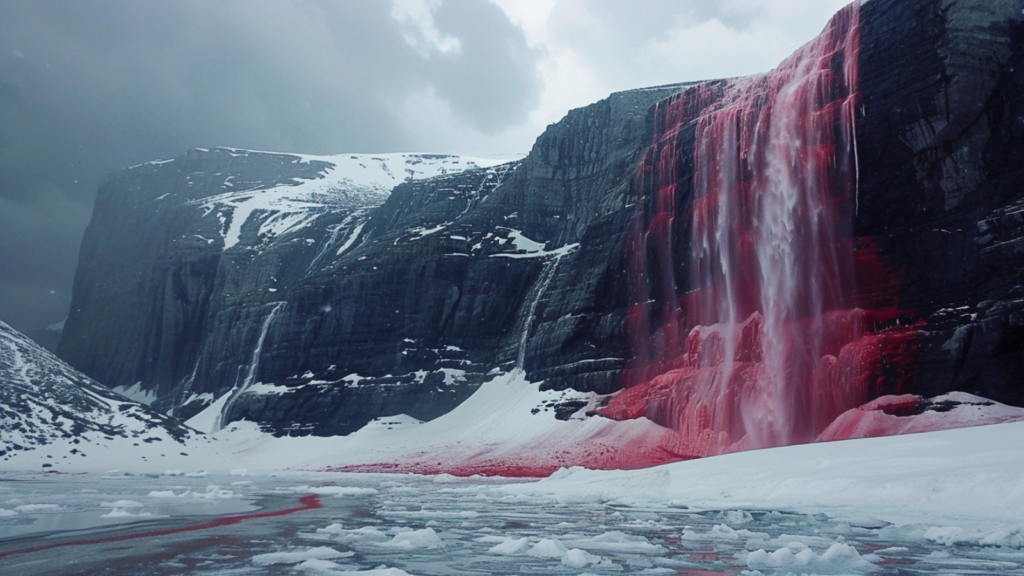
In Antarctica, a bright red waterfall pours out from the Taylor Glacier, staining the white snow crimson. This eerie sight is known as Blood Falls. The red color comes from iron-rich saltwater that’s been trapped under the glacier for millions of years. When this water reaches the air, the iron oxidizes, creating the blood-red color.
Zhangjiajie National Forest Park
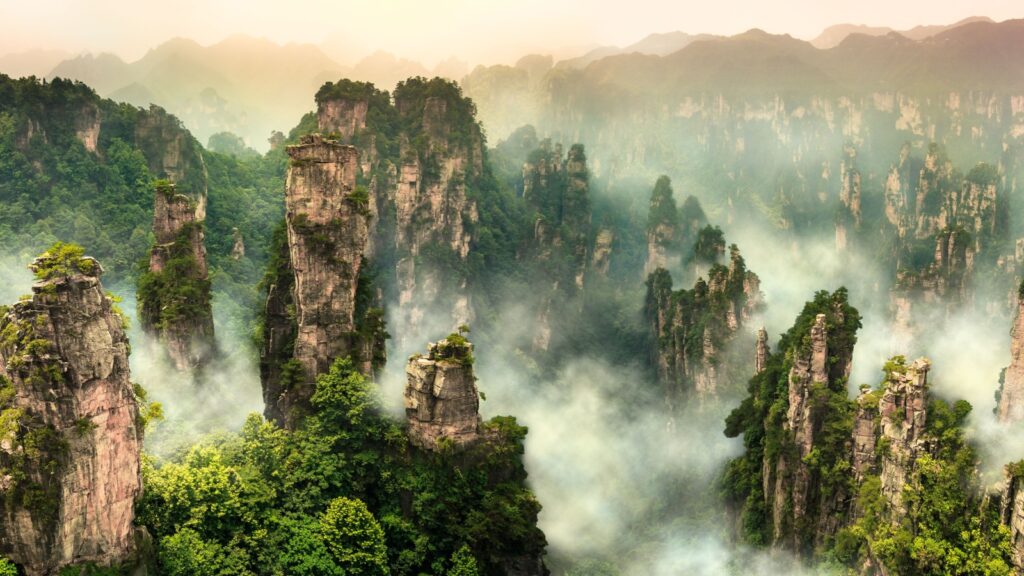
The Zhangjiajie National Forest Park in China looks like it’s straight out of a fantasy movie. Towering sandstone pillars, some over 3,500 feet tall, rise from the misty forests below. These pillars were formed by physical erosion over millions of years. The park’s otherworldly landscape even inspired the floating mountains in the movie “Avatar.”
Salar de Uyuni
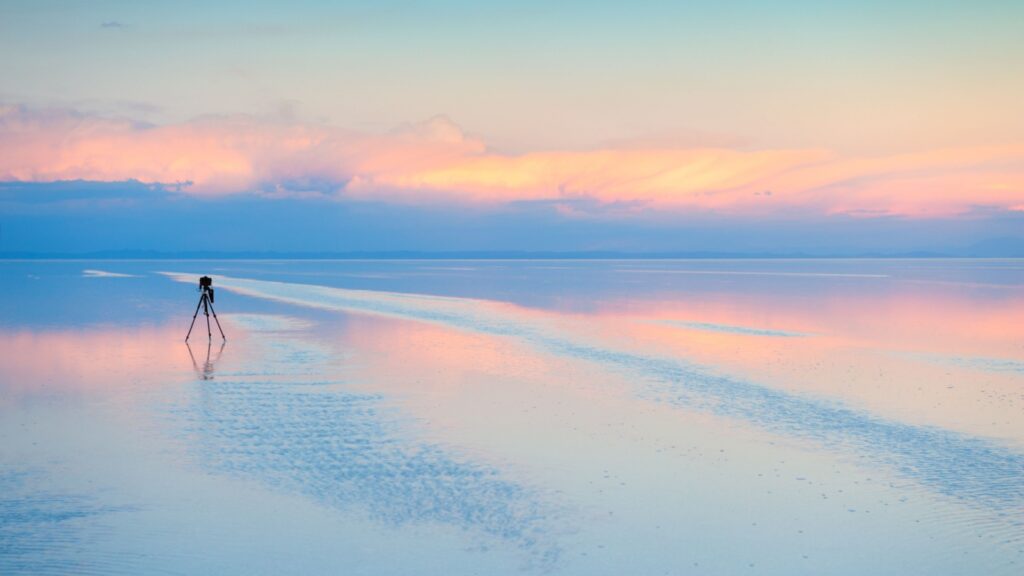
When it rains, Bolivia’s Salar de Uyuni becomes the world’s largest mirror. This salt flat covers over 4,000 square miles and is remarkably flat and reflective when covered with a thin layer of water. The resulting effect makes it nearly impossible to tell where the land ends and the sky begins, creating a surreal, dreamlike landscape.
Light Pillars
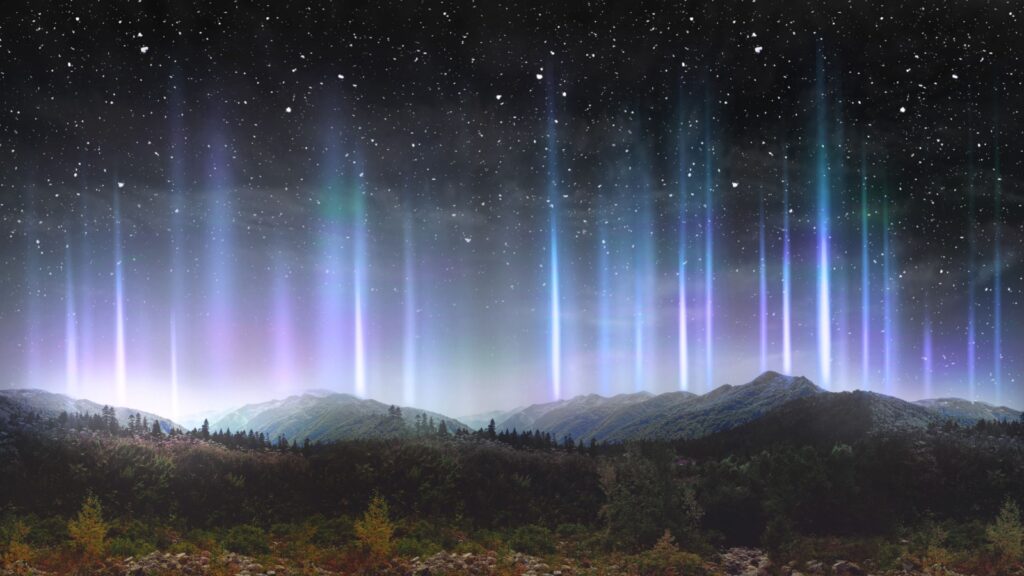
Light pillars are vertical beams of light that appear to extend above and below a light source. They occur in cold climates when light reflects off ice crystals floating in the air. These ice crystals act like millions of tiny mirrors, creating the illusion of a pillar of light. The result looks like something from a sci-fi movie, with beams of light stretching into the sky.
Sailing Stones
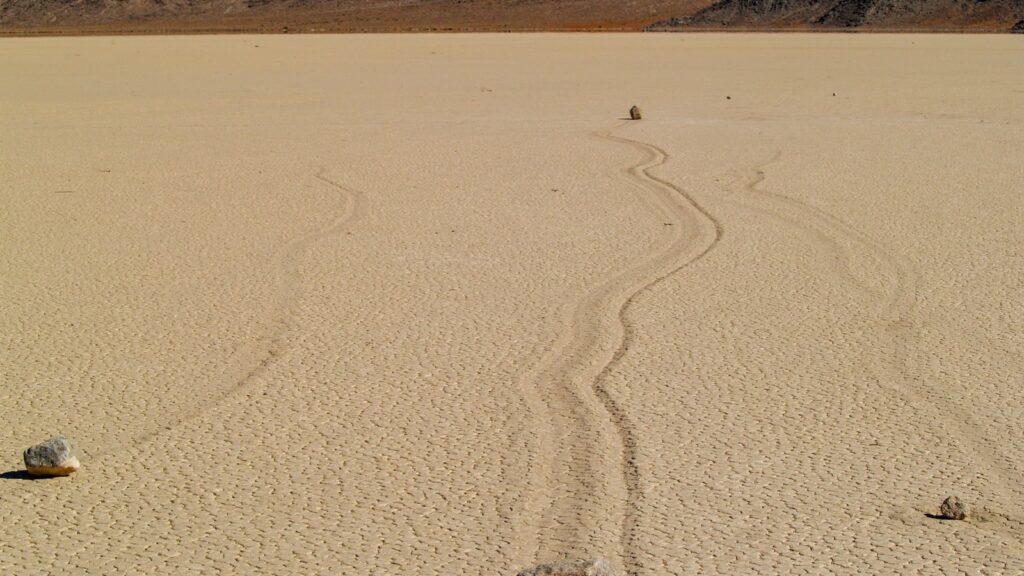
In Death Valley, California, rocks seem to move across the desert floor on their own, leaving long trails behind them. These “sailing stones” have puzzled scientists for years. The mystery was finally solved in 2014: thin sheets of ice form under the rocks when it rains, allowing them to glide across the muddy ground as the ice melts.
Underwater Crop Circles
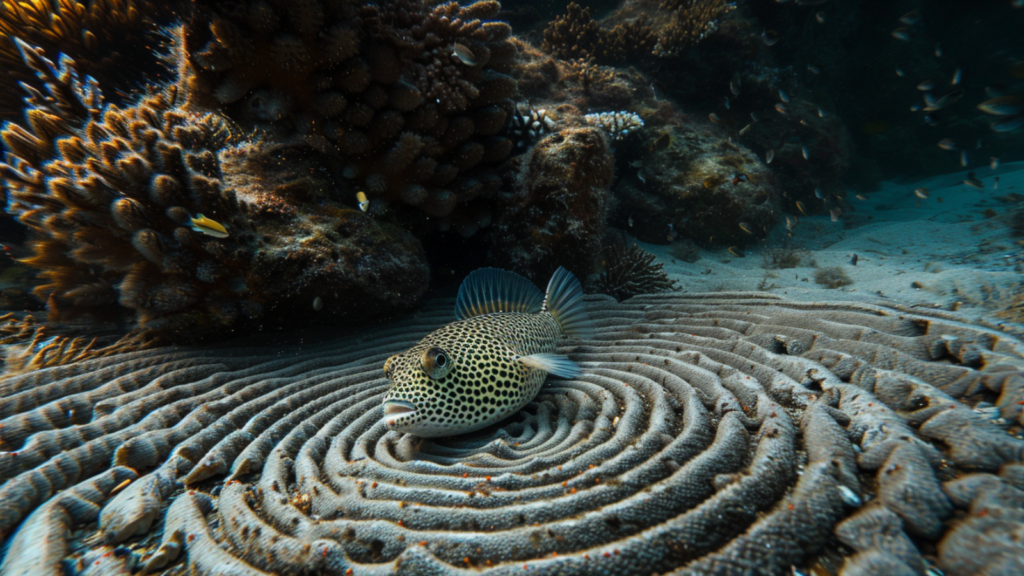
Off the coast of Japan, divers discovered intricate circular patterns on the seafloor. These “underwater crop circles” are actually created by male pufferfish! The fish spend days making these patterns in the sand to attract females. The circles, which can be up to 7 feet in diameter, are true works of art created by nature.
Spotted Lake
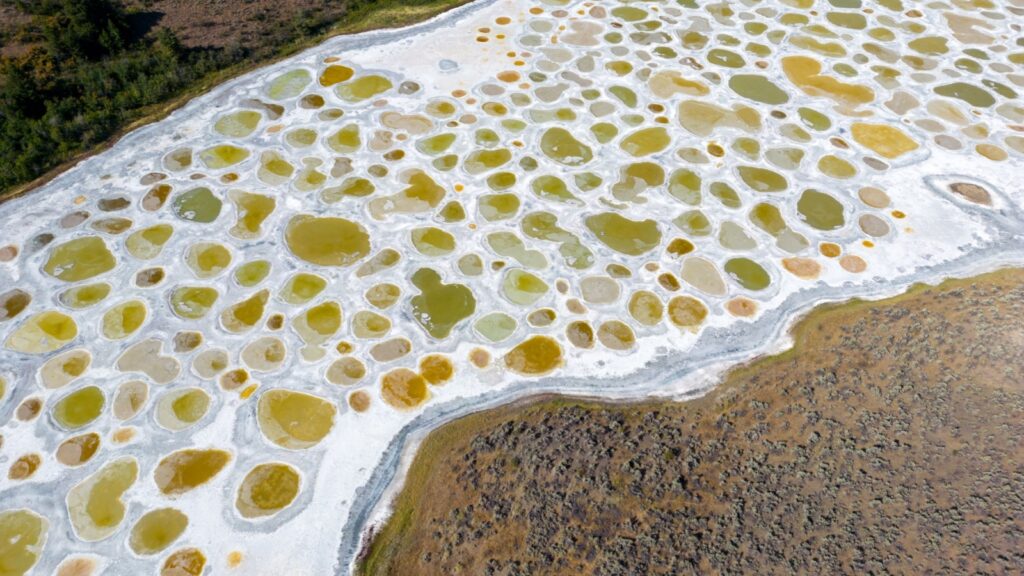
Spotted Lake in British Columbia, Canada, looks like a giant pointillist painting. The lake contains high concentrations of different minerals. As water evaporates in summer, these minerals form colorful pools. The spots can be yellow, green, or blue, depending on the mineral composition. Indigenous people have long believed the lake has healing properties.
Glowworm Caves
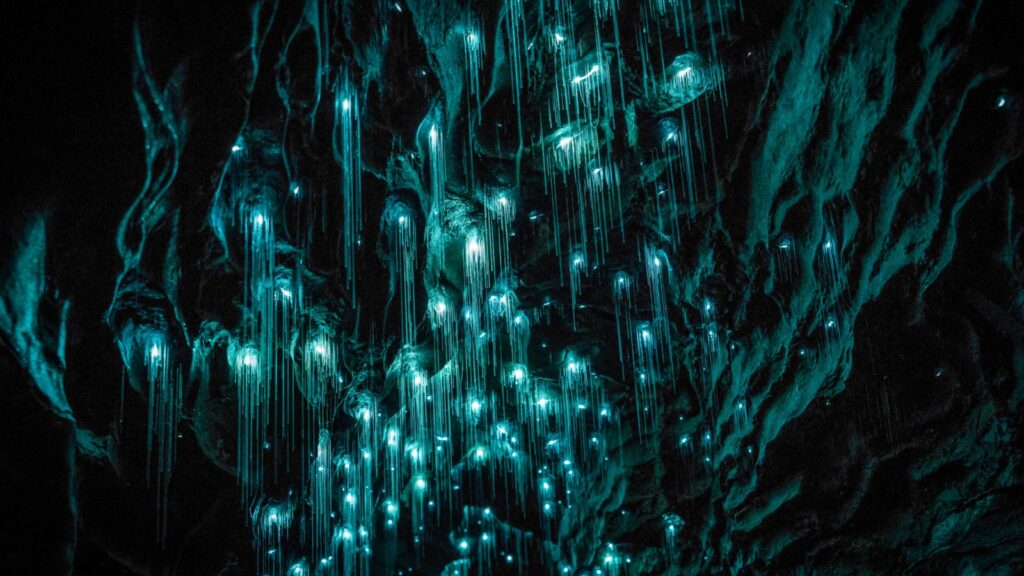
In New Zealand’s Waitomo Caves, thousands of tiny glowworms create a starry night sky underground. These glowworms are actually the larvae of a type of fly. They produce a blue-green light to attract prey. The sight of these bioluminescent creatures lighting up the dark cave is truly magical.
Dallol
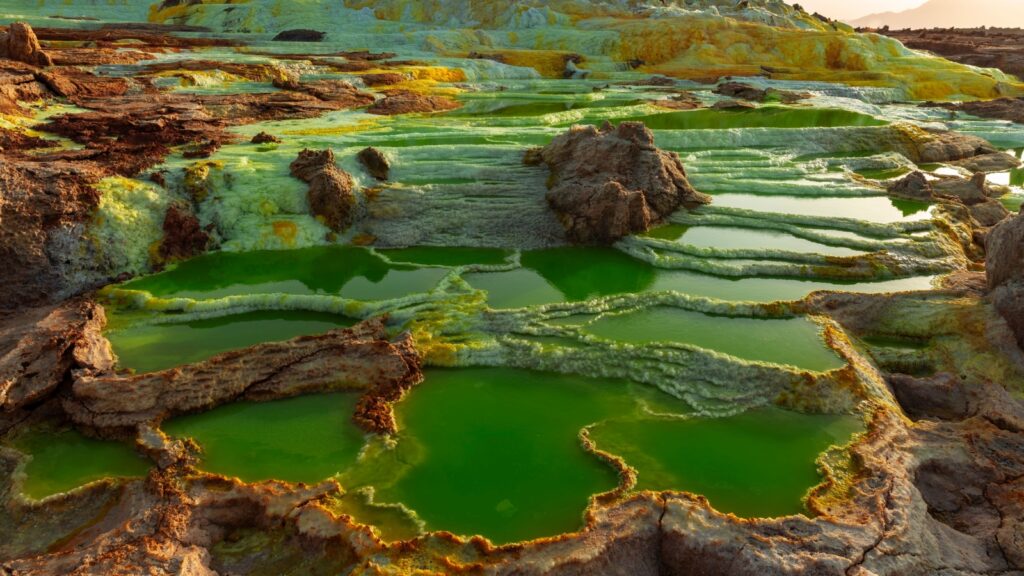
Dallol, in Ethiopia’s Danakil Desert, looks like an alien landscape. It’s one of the hottest places on Earth, with vibrant yellow, orange, and green mineral formations. These colorful pools and salt deposits are created by volcanic activity and extreme heat. The area is so harsh that scientists study it to understand how life might survive on other planets.
Moeraki Boulders
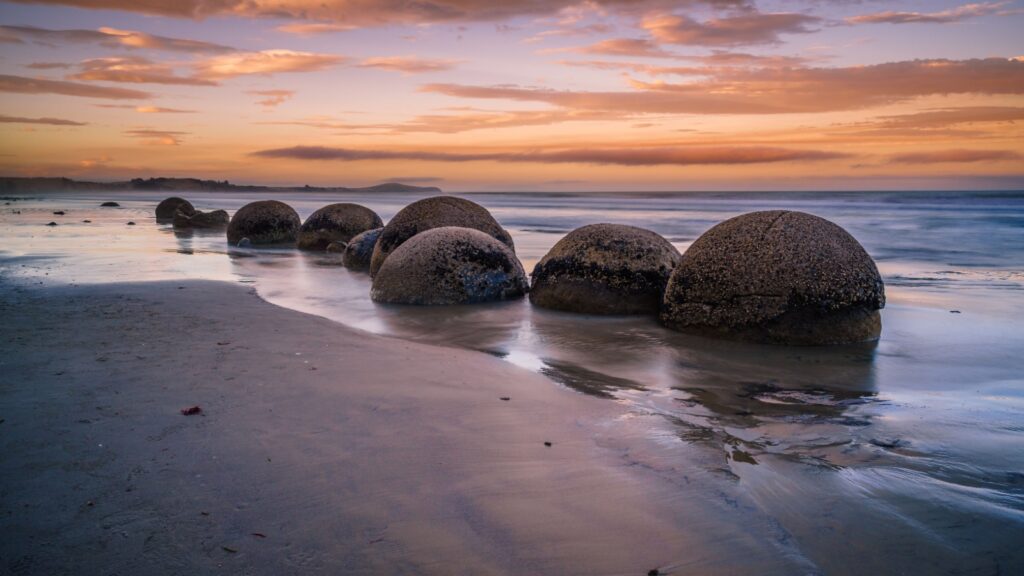
On Koekohe Beach in New Zealand, you’ll find perfectly spherical boulders scattered along the shore. These Moeraki Boulders formed over millions of years from sediment that collected around a core, much like a pearl forms. Some of the boulders are up to 6 feet wide. They look so perfectly round that it’s hard to believe they’re natural.
Penitentes
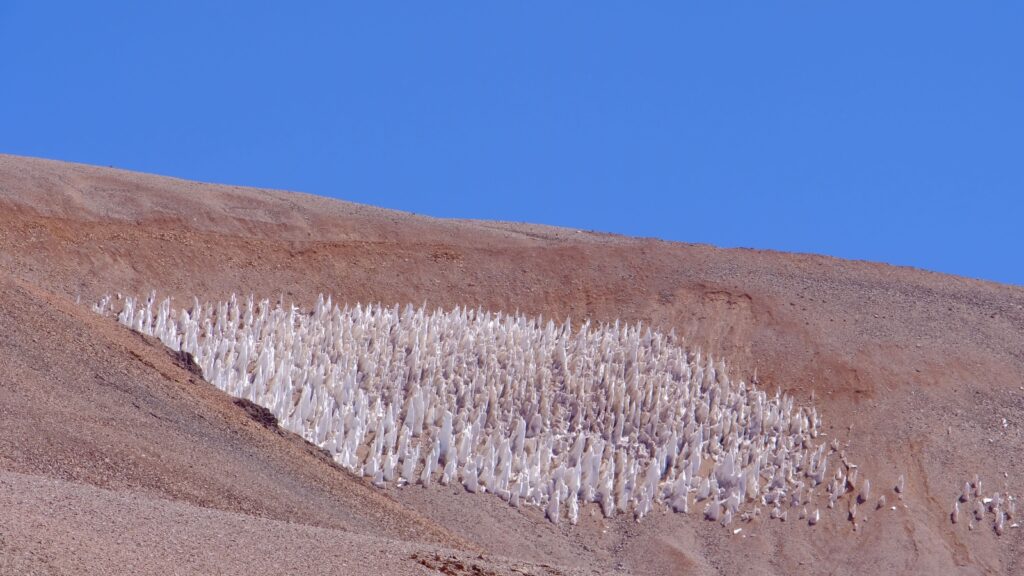
In the high altitudes of the Andes Mountains, you might come across fields of tall, thin ice spikes called penitentes. These spikes can grow up to 15 feet tall. They form when the sun’s rays cause snow to turn directly into water vapor, leaving behind these sword-like ice formations. The name “penitentes” comes from their resemblance to monks in white robes.
Becky is a fervent wildlife enthusiast and pet care expert with a diploma in canine nutrition. Her love for animals stretches beyond the domestic, embracing the wild tapestry of global fauna. With over a decade of experience in animal welfare, Becky lends her expertise to OutlandishOwl through insightful articles, captivating wildlife information, and invaluable guidance on pet nutrition. Her work embodies a deep commitment to understanding the intricate lives of animals and a passion for educating others on sustaining natural habitats. Becky's hands-on conservation efforts and her knack for translating complex dietary science into practical pet feeding tips make her an indispensable voice for creatures great and small.




